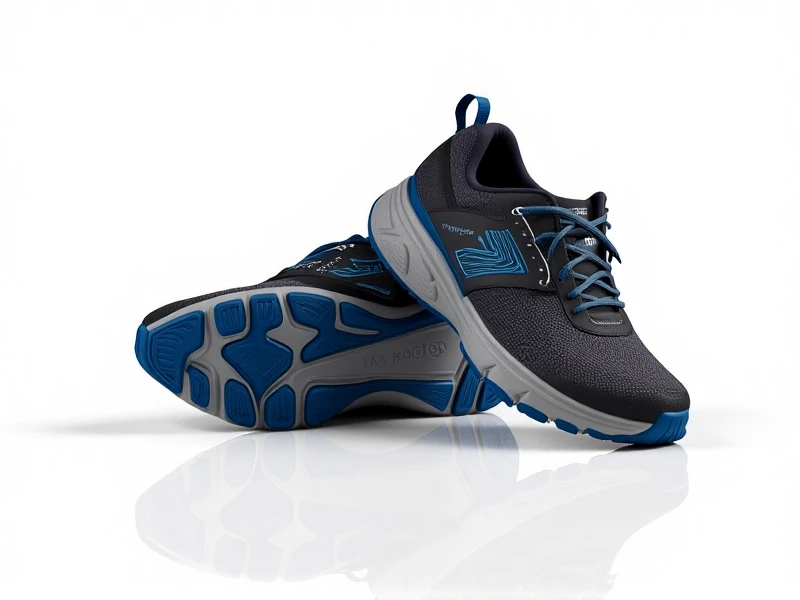
Find Your Perfect Match: A Runner's Guide to Choosing Running Shoes
Hitting the pavement requires more than just motivation; the right pair of running shoes is your foundation for performance, comfort, and injury prevention. With countless styles and brands shouting for your attention, finding the running shoes that feel custom-crafted for your feet can feel overwhelming. This guide cuts through the noise, helping you navigate the essential factors for your next perfect pair.
Not all running shoes are created equal! Understanding your running mechanics is crucial. Do you overpronate (your foot rolls inward excessively), supinate (rolls outward), or have a neutral stride? Many running stores offer gait analysis – invaluable insights that point you toward running shoes designed with specific stability features. Stability shoes combat overpronation, neutral shoes offer cushioning without correction, and motion-control shoes provide maximum support for severe overpronators.
Consider where you primarily run. Cruising city streets demands rugged outsoles and durable cushioning to absorb pavement shock. Trail enthusiasts need running shoes with aggressive treads for grip on dirt, mud, and rocks, plus often added protection against roots and debris. If the track or treadmill is your domain, lighter, more responsive shoes might be ideal. Don't forget distance: marathon training requires maximal cushioning for long-haul comfort, while speedwork favors lightweight, snappy models.
Fit is non-negotiable. Your feet swell during runs, so shop later in the day and allow about a thumb's width of space between your longest toe and the shoe's end. Width matters too – a good fit feels snug through the midfoot without pinching. The heel should cradle securely without slipping. Always try on running shoes with the socks you intend to run in. Remember cushioning preference: some love plush softness, others prefer a firmer, more connected feel offering ground feedback.
Replace your running shoes every 300-500 miles. Worn-out cushioning loses its shock absorption, significantly increasing injury risk. Listen to your body and inspect the tread and midsole for visible compression. Invest wisely; the right running shoes aren't just gear, they're your essential partners in achieving your running goals safely and comfortably. Hit your stride by prioritizing fit, function, and suitability for your unique run. Ready to find yours? Head to your local running specialty store for expert guidance!